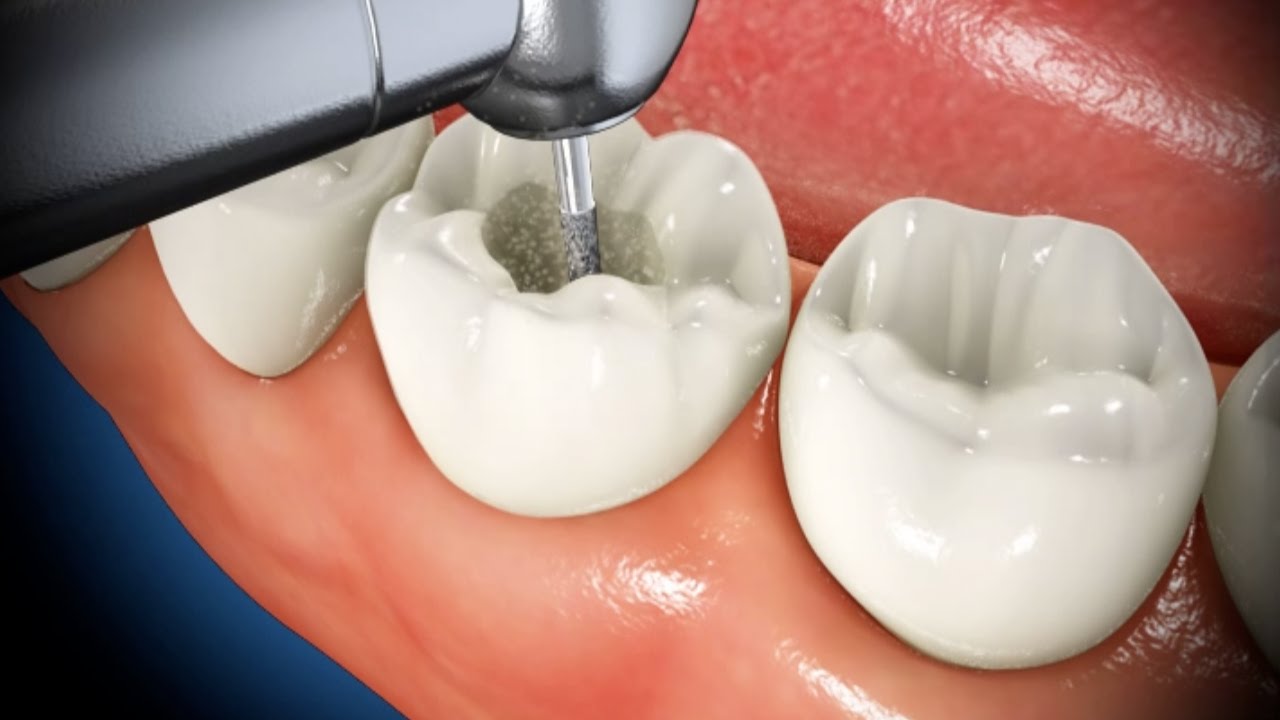Nearly one-third of the population suffers from severe decays in their teeth. These are untreated cavities that reach into a tooth’s inner pulp and root nerves. It damages these parts causing inflammation and swelling around those areas. Infections are also caused by heavy physical trauma in many cases. For such conditions, dentists prescribe a root canal to disinfect a tooth by removing all dead nerves and cleaning it thoroughly. It helps to save natural dentition from being extracted and further complications.
Common Symptoms
Dentists, when diagnosing for a root canal, check
for several symptoms, such as:
· Patients experience
lingering sensitivity when hot or cold foods are consumed.
·
They have sharp pain
when biting or chewing.
·
There are visible
pimples in the gums.
·
Individuals have
swelling around mouth tissues.
Procedural Process
Patients with gum infections need dentists or
endodontists to perform a root canal. These are specialists who can remove dead
dental pulps to save a tooth. Firstly, they take x-rays to determine the
severity of damages. They also check for signs of infections in surrounding
bone structures. Then, practitioners administer local anesthesia to avoid any
kind of discomfort during the procedure.
The next step involves drilling an access point into
a tooth to remove the pulp, bacteria, and decayed nerve tissues. Then, they use
special files to clean the cavity thoroughly, along with scrubbing the
surfaces. Once finished, water solutions with sodium hypochlorite are sprayed
to flush away any remaining debris.
Once completely cleaned, endodontists seal a weak
tooth with gutta-percha for added strength. This rubber compound protects
dentin from any further damages or infections. Patients also get medications
like antibiotics as a pain reliever during day-to-day activities. It also helps
to avoid any cavity risks.
Lastly, patients can choose from a variety of restorations to protect from complications. They may need crowns, bridges, or even implants to prevent a tooth from breaking when applied with pressure. Furthermore, these restorations ensure optimal functioning, along with aesthetical improvements. As with every other procedure, patients must visit their dentists for checkups at regular intervals.

Comments
Post a Comment